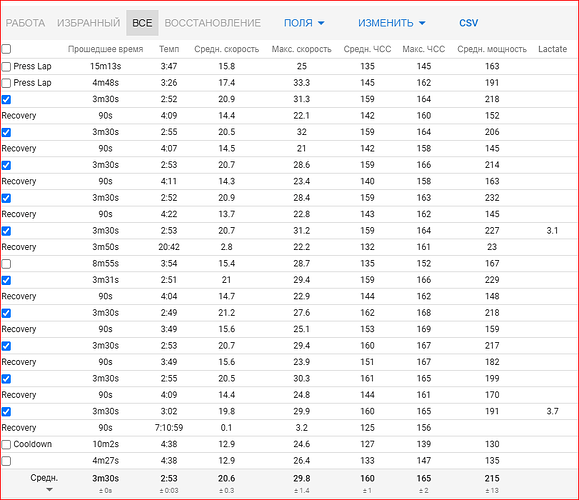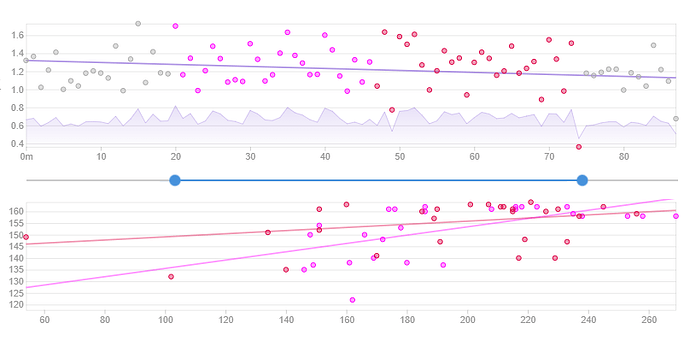tl;dr: You are training too hard.
Do you know how I know that? Because despite knowing this and writing this post to tell you this, I am also still training too hard.. Maybe putting this down in writing will help me stop training too hard. Maybe it will help you too.
Who the hell am I telling you this? I’m a 50 year old competitive US masters racer, who got back into training and racing about 3 years ago after being a, well, less competitive Cat 2 for about 10 years around the turn of the century (doesn’t that just sound quaint?). I’m self coached, because I like to learn about training and think I know what I’m doing (you can form your own opinion on that!)
And what have I been doing? Training too hard. All of it, all the time. Back in my “prime,” I could grind out some seriously hard workouts, multiple times a week, and I’d get pretty damn fit. I was at least in the mix in local and some regional 1/2 races. And then my results would start going the wrong way, and I’d throw more hard work in. And then my performance would completely collapse, I’d get blown out the back of all my races, I’d throw in the towel for a few months, and eventually get back on the bike, to start back at the bottom. And repeat.
Now I’m back. I have a power meter. I have the internet. I have forums like this. I’ve listened to over 1000 hours of training podcasts while I ride. I’d like to think I have more discipline and maturity. And do you know what all of this is telling me? That I’ve been training too hard.
I’ve almost learned. I think I’ve got the zone 2 thing down. No more riding near VT1. Or even sort of near VT1. I’m riding at 50-55% of my FTP, basically right down at the bottom of zone 2. Hell, I’m doing a few hours a week in zone 1. I listen to how I feel, tune in first to RPE, fine tune based on power and HR. Which usually means I go even slower. Although sometimes it feels all too easy and the HR is lower than expected and the power is higher, and I’ll still tell myself to dial it down just a little.
My one or two hard workouts a week? Probably still doing them too hard! Oh, I have an interval workout today? I’m doing them right at the top of the zone! Maybe slightly over! Too hard! I’m doing the group ride? I’m taking pulls and also at the front for every sprint! Too hard!
Two hard workouts a week? That might also be too hard! You’re 50 you dingus!
The best part? I’m fairly certain I’m in better shape than I’ve ever been. I have amazing durability in races and have way more matches than I thought I would. Being fit enough that racing is “fun”. To getting into the lead group of an open USAC 100K gravel race where I’m at least 13 years older than the next oldest racer, and have a son nearly the same age as the eventual winner.
Because my training is consistent, my volume is high, and my motivation is there, 12 months a year. Because I’m not training too hard.
I know - this is a feast of insipid training bromides. You’ve heard it all before. Of course you know what you’re doing.
But you know that you think a little harder is better. I do. I still do! I’m going to get on my bike tomorrow and do some intervals and have to work hard to not be right on that top edge of the zone, because harder will make me faster, right?
I hope you made it here, to the end. I hope I’ve made you think about your training for a moment. Maybe you aren’t actually training too hard, and this was just what you needed to hear! Maybe you’ll try dialing back your Zone 2 ride by just 10Watts and see what happens? Maybe you won’t jump on the wheel of that person who just passed you. Maybe you’ll cut out that 3rd interval workout for the week and just “go for a ride” and not be worried that you’re going to lose fitness, because you won’t. You’ll just be faster.



